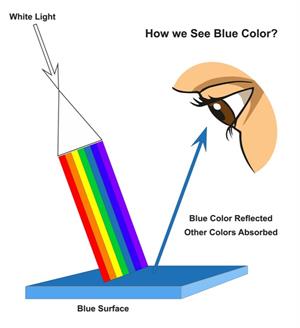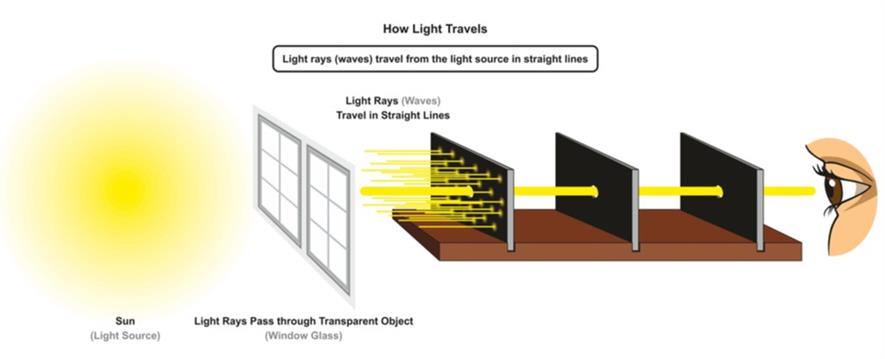PDF chapter test TRY NOW
Tall mountains comprised of greenish trees and plants, beautiful trees approaching the clouds, beautiful streams drifting down the valleys, bluish sea water roaring towards the coast, and the morning's radiant sky are packed with golden red colour all give delight to our eyes and peace to our mind.

But, can we see them all without light?
No. Because, the world, as we recognize, is principally known through senses, and sight is one of the most important senses. Without light, there would be no sight. The visual ability of humans and other animals results from the complex interaction of light, eyes and brain. We can see things around us only when the light emitted or reflected by the object reaches our eyes.

What is light?
Light is one form of energy that travels in a straight line and enables us to see.
Light is emitted from a source such as the Sun. The word 'visible light', which is visible to the human eye and is also responsible for the sense of sight.

When light falls on an object, the portion of the light is reflected to our eyes. Then, we can see an object because of light being reflected from the object.
Properties of Light:
- It is one form of energy.
- It travels in a straight line.
- Light can form shadows.
Reference:
https://commons.wikimedia.org/wiki/File:Tundra_landscape_with_trees,_clouds,_mountains_and_lens_flare,_Ivvavik_National_Park,_YT.jpg
